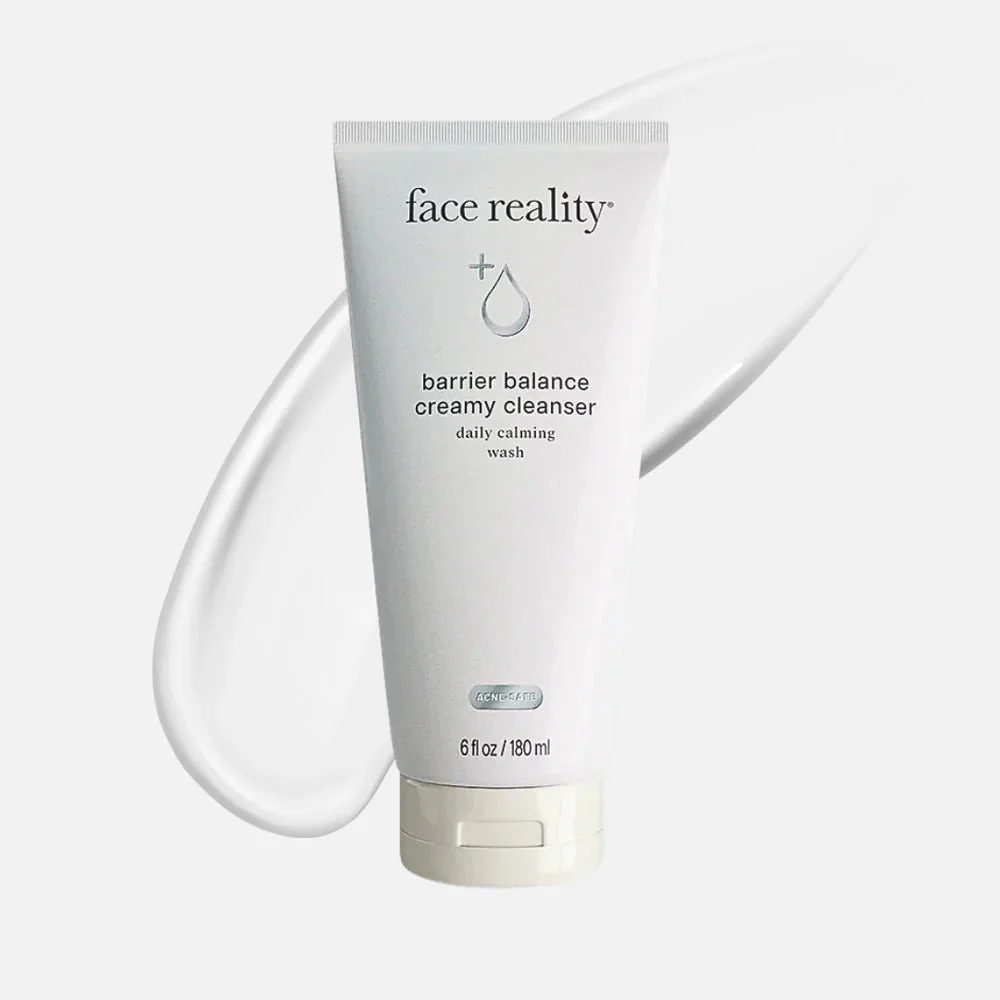Cleansing your face sounds simple, but it’s one of the most important steps in skincare. Using the right cleanser for skin helps remove dirt, oil, makeup, and pollution from your face. If you skip this step or use the wrong product, your skin may feel dry, oily, or irritated. Worse, it could lead to breakouts or dullness.
In this blog, you’ll learn how to pick a cleanser that works for your skin type, how often to use it, and what ingredients can actually help your skin look and feel better.
What Does a Face Cleanser Actually Do?
A face cleanser removes things your skin doesn’t need—like sweat, bacteria, and leftover makeup. It helps your pores stay clean so you’re less likely to get pimples or clogged skin. A good cleanser also prepares your face for other products like serums or moisturizers. If your skin is not clean, those other products won’t work as well.
Signs You’re Using the Wrong Cleanser
If you wash your face and your skin feels too tight, dry, or red, your cleanser may be too strong. On the other hand, if you feel oily right after washing, the product may not be strong enough. Here are a few things to watch out for:
- Flaky patches or itchiness
- Redness or small bumps
- A greasy feel even after cleansing
- Breakouts in new places
Your skin should feel soft and smooth, not dry or sticky. If you notice any of these signs, it’s time to switch.
Different Types of Facial Cleansers
Gel-Based Cleansers
These are light and usually see-through. Gel cleansers are great for oily or acne-prone skin. They clean deeply but don’t leave behind heavy moisture. Look for ones with tea tree oil or salicylic acid.
Cream-Based Cleansers
Cream cleansers feel thick and creamy. They’re best for dry or sensitive skin. These cleansers clean gently and often add moisture. They’re great for people who feel dry or tight after washing.
Oil Cleansers
Oil cleansers may sound strange, but they work well. They lift oil-based dirt and makeup without drying out your face. These are helpful for all skin types, including oily skin.
Foam Cleansers
Foam cleansers come out as a liquid or cream and turn into foam when rubbed. They feel light and wash away oil well. They are good for normal to combination skin.
Picking the Right Cleanser for Your Skin Type
Knowing your skin type helps you find the right product. Here’s a quick breakdown:
Oily Skin
If your face feels shiny a few hours after washing, you likely have oily skin. Go for gel or foam cleansers with ingredients like salicylic acid or benzoyl peroxide. These help clear extra oil and prevent clogged pores.
Dry Skin
If your skin feels rough, flaky, or tight, choose a cream or milk cleanser. Look for ingredients like hyaluronic acid, glycerin, or ceramides. These help your skin hold on to moisture.
Combination Skin
This means some parts of your face are dry (like the cheeks) and others are oily (like the forehead and nose). A gentle foaming cleanser or a mild gel cleanser is usually best.
Sensitive Skin
If your skin reacts easily or becomes red after using new products, stick with fragrance-free and alcohol-free cream cleansers. Ingredients like chamomile or aloe are soothing.
Acne-Prone Skin
Use a cleanser with acne-fighting ingredients like salicylic acid, benzoyl peroxide, or niacinamide. Don’t scrub too hard; gentle is better for acne.
Helpful Ingredients to Look For
Salicylic Acid
Breaks down the oil inside your pores and helps stop blackheads and whiteheads.
Glycolic Acid
Removes dead skin cells and brightens dull skin.
Niacinamide
Reduces redness and keeps the skin barrier strong.
Aloe Vera
Soothes irritation and adds a calming feel after washing.
Glycerin
Draws water into the skin and keeps it soft.
Ceramides
Helps repair the skin barrier and hold in moisture.
How Often Should You Wash Your Face?
Twice a day is enough for most people—once in the morning and once before bed. If you’ve been sweating a lot or wore heavy makeup, an extra wash is okay. Just don’t overdo it. Washing too much can dry out your skin or make it produce more oil.
Common Myths About Face Cleansers
“If it stings, it’s working.”
False. Burning or stinging usually means your skin is irritated.
“The more foam, the better.”
Not true. Foam doesn’t mean a product cleans better. Some gentle, effective cleansers barely foam at all.
“Natural is always better.”
Not always. Some natural ingredients like citrus or peppermint can cause irritation. What matters is whether the product suits your skin type.
Best Practices When Using a Cleanser
- Use lukewarm water, not hot. Hot water can dry out your skin.
- Don’t scrub with force. Use your fingertips and be gentle.
- Rinse thoroughly and pat your face dry with a soft towel.
- Apply your moisturizer right after cleansing while your skin is still a little damp.
Face Cleansing Mistakes to Avoid
- Washing with bar soap meant for the body
- Skipping cleanser and just rinsing with water
- Using makeup wipes as your only cleaning method
- Choosing a cleanser based on smell or texture alone
- Sharing facial products with others
Clear, Calm Skin Starts with This Simple product
Finding the right cleanser for skin doesn’t have to be confusing. Think about how your skin feels after washing, what ingredients help your skin type, and how your face looks over time. The right choice can help reduce breakouts, dryness, or redness and leave your skin looking clean and fresh every day.
If you’re looking for medical-grade options that actually work, you can explore trusted choices at Skyn Alchemy, where each product is picked with care to support different skin needs. Whether your skin is oily, dry, or sensitive, you can find something that fits without guessing.

